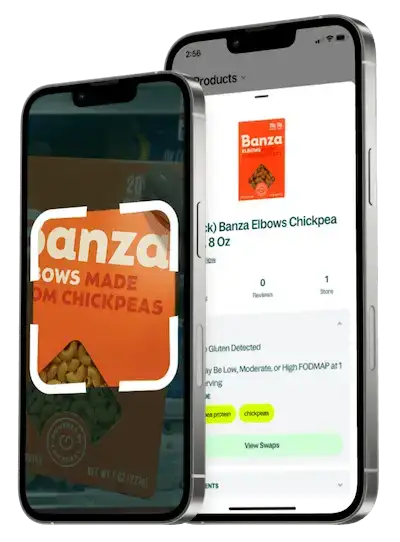Is Jongga Kimchi Dairy Free?

Description
Tangy, moderately spicy and savory, with pronounced fermented brightness, it offers crisp, crunchy leaves and soft, juicy texture. Commonly used as a chilled side dish, condiment for rice or noodles, stir‑fry addition, or ingredient in stews and pancakes. Reviews note consistent flavor and packaging; some cite stronger heat or salt.

Description
Tangy, moderately spicy and savory, with pronounced fermented brightness, it offers crisp, crunchy leaves and soft, juicy texture. Commonly used as a chilled side dish, condiment for rice or noodles, stir‑fry addition, or ingredient in stews and pancakes. Reviews note consistent flavor and packaging; some cite stronger heat or salt.
Ingredients
Potassium, Napa cabbage, radish, rice paste (water, rice powder), kelp base sauce (kelp extract, sorbitol), red pepper powder, garlic, fermented anchovy sauce (anchovy, salt), salt, Korean leek, onion, chives, fermented shrimp sauce (shrimp, salt), lactic acid bacteria, ginger. Contains fish (anchovy), shrimp.
What is a Dairy Free diet?
A dairy-free diet eliminates all foods made from or containing milk and milk-derived ingredients, such as butter, cheese, yogurt, and cream. It's essential for people with lactose intolerance, milk allergies, or those who prefer plant-based alternatives. Common dairy substitutes include almond, soy, oat, and coconut-based milks and cheeses. While dairy is a major source of calcium and vitamin D, these nutrients can be replaced through fortified foods or supplements. Many people find going dairy-free helps reduce digestive issues, acne, or inflammation, but balance and proper nutrient intake remain key for long-term health.
Similar Products
SPICY KIMCHI RICE RAMEN NOODLE SOUP FREEZE-DRIED CHUNKY VEGGIES, SPICY KIMCHI RICE RAMEN
CLASSIC KIMCHI WITH GARLIC, GREENS, & RED PEPPER, GARLIC, GREENS, & RED PEPPER
Nasoya Kimchi Korean Spicy Gluten Free - 14 Oz
Mother In Law's Kimchi, Paste Gochujang, 10 Ounce
Nongshim Kimchi Spicy Red Chili Ramyun Ramen Noodle Soup Pack, 4.2oz X 4 Count, Shelf-Stable


